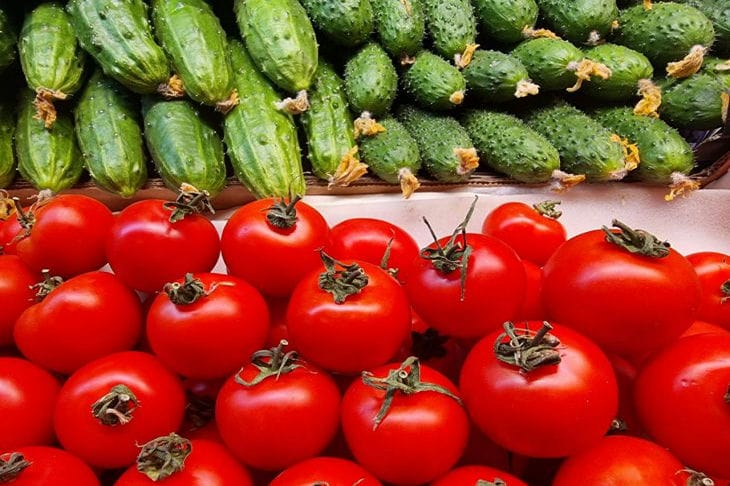We are what we eat!
At any age, it is necessary to monitor your health, and health directly depends on our nutrition.
With age, this moment plays an increasingly important role in the well-being of older people, says Maria Kapralova .
Here are some basic guidelines for planning a diet for older adults:
Consider nutrient needs
Older adults often need more calcium and vitamin D to maintain healthy bones, and protein to maintain muscle mass. Foods that can help include cod liver oil, sea fish, seaweed, dairy products, and sesame seeds or oil.

Provide variety in your diet
Include healthy foods in your diet, including fresh fruits and vegetables, whole grains, protein sources (meat, fish, eggs, beans), and healthy fats.
Limit your intake of processed foods
Try to minimize the consumption of foods high in sugar, salt and saturated fats, that is, minimize processed foods and fast food. These categories of food products and dishes made from them bring practically no benefit to a person at any age. They also contain many food additives that can affect the organs and system of a person, leading to various diseases
Ensure adequate fluid intake
It is important for older people to drink enough water to avoid dehydration, as often people in old age suffer from hypertension and drink diuretics to reduce blood pressure. Therefore, it is very important to drink enough water, especially in hot weather.
Consider individual needs
Pay attention to medical contraindications or individual preferences when composing a diet. Sometimes it happens that a product that seems healthy for everyone, but with certain diseases, you need to strictly monitor the diet as recommended by a doctor.
Pay attention to portion sizes
Older adults may have a harder time digesting large portions of food, so watch your portion sizes. It is better to eat a little 5-6 times a day than 3 times a day and a lot.
Recommended list of products:
- lean meat (chicken, rabbit, turkey, beef)
- lean sea fish (cod, pollock)
- fresh vegetables, fruits, greens
- buckwheat, oatmeal
- legumes (chickpeas, mung beans, lentils, beans)
- eggs (chicken, quail)
- fermented milk products (cottage cheese, kefir, fermented baked milk)
In the diet of elderly people, the consumption of:
- fried, smoked, spicy dishes
- canned goods, sausages due to the high content of preservatives and salt
- processed sugar, cookies, candy, they are replaced with products containing natural sugars (honey, dried fruits, stevia)
- pasta and bread made from premium wheat flour.
You should completely avoid alcoholic and carbonated drinks and mayonnaise.
Menu for daily calorie intake:
- breakfast - 25%
- lunch – 30%
- afternoon snack – 20%
- dinner - 25%
For some diseases, the calorie menu in this case looks like this:
- breakfast I – 15%
- Breakfast II – 10%
- lunch – 40%
- Dinner I – 25%
- Dinner II – 10%
Sample menu for seniors:
- breakfast – milk porridge (oatmeal, rice), herbal tea
- second breakfast or afternoon snack – juice or some fruit
- lunch – fresh vegetable salad, soup, goulash (cutlet) with a side dish, compote, fruit drink
- afternoon snack - kefir with a bun
- dinner - mashed potatoes with stewed liver
At night, try not to overload your stomach, drink a glass of kefir, fermented baked milk or eat yogurt.
These guidelines can help you create a healthy and balanced diet for older adults. However, it is always recommended to consult with your doctor or nutritionist before making significant changes to your diet.
Previously, we wrote about who needs to give up drinking wine .









